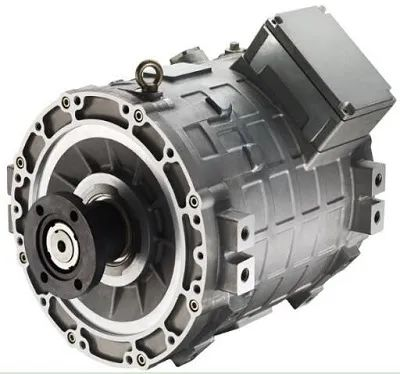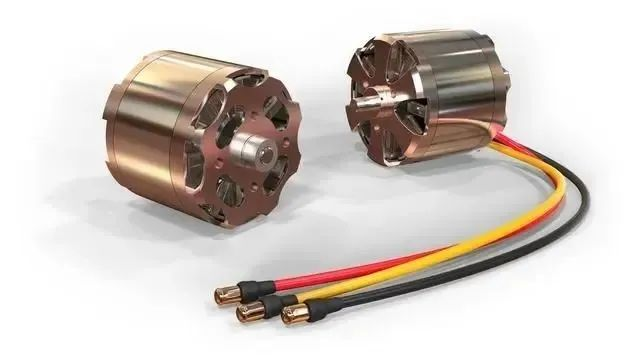The differences between different types of micro DC motors
Among various electric products, micromotors are the main power source. Different types of products use different types of DC motors, such as reduction motors, vibration motors, stepper motors, servo motors, brush motors, brushless motors, etc.
Micro DC motor is a device that converts electrical energy into mechanical energy based on the law of electromagnetic induction. Its main function is to generate driving torque. As a mechanical power source, electric toys, razors, etc. used in daily life are all ordinary micro DC motors. DC motors generally have two pins that can be connected through the positive and negative connections of the battery to rotate. Micro DC motors have the characteristics of fast speed and small torque.

For products that require large torque, ordinary micromotors cannot achieve this, so it is necessary to add a gear reduction box, which will reduce the output speed, increase the output torque, and change the position of the output shaft, such as upward, rear output, etc. Electronic locks, ATM machines, 3D printing pens, smart robots, and power tools all require large torque output and use reduction motors.
The micro vibration motor is a combination of a DC motor and an eccentric block. An irregular-shaped eccentric block is installed on the output shaft of the micromotor. When the micromotor rotates at high speed, it will continuously lose balance due to the eccentric block, and then vibrate. The faster the micromotor rotates, the higher the vibration frequency. Household massagers, beauty instruments, adult products, toys, mobile phones, etc. all use micro vibration motors to generate vibrations.

Stepper motors can convert electrical pulse signals into angular displacement or linear displacement. The speed and stopping position of the DC motor depend on the frequency and number of pulses of the pulse signal and are not affected by load changes. When the driver receives the pulse signal, the stepper motor It will rotate a fixed angle (step angle) according to the set direction, and its rotation will run step by step according to the fixed angle.
The servo motor is an actuator in the control system, converting the received electrical signal into an angular displacement or angular velocity output on the DC motor shaft. It can be a DC motor or an AC motor. It is only used by general industrial machinery and equipment.



























 XINDA
XINDA